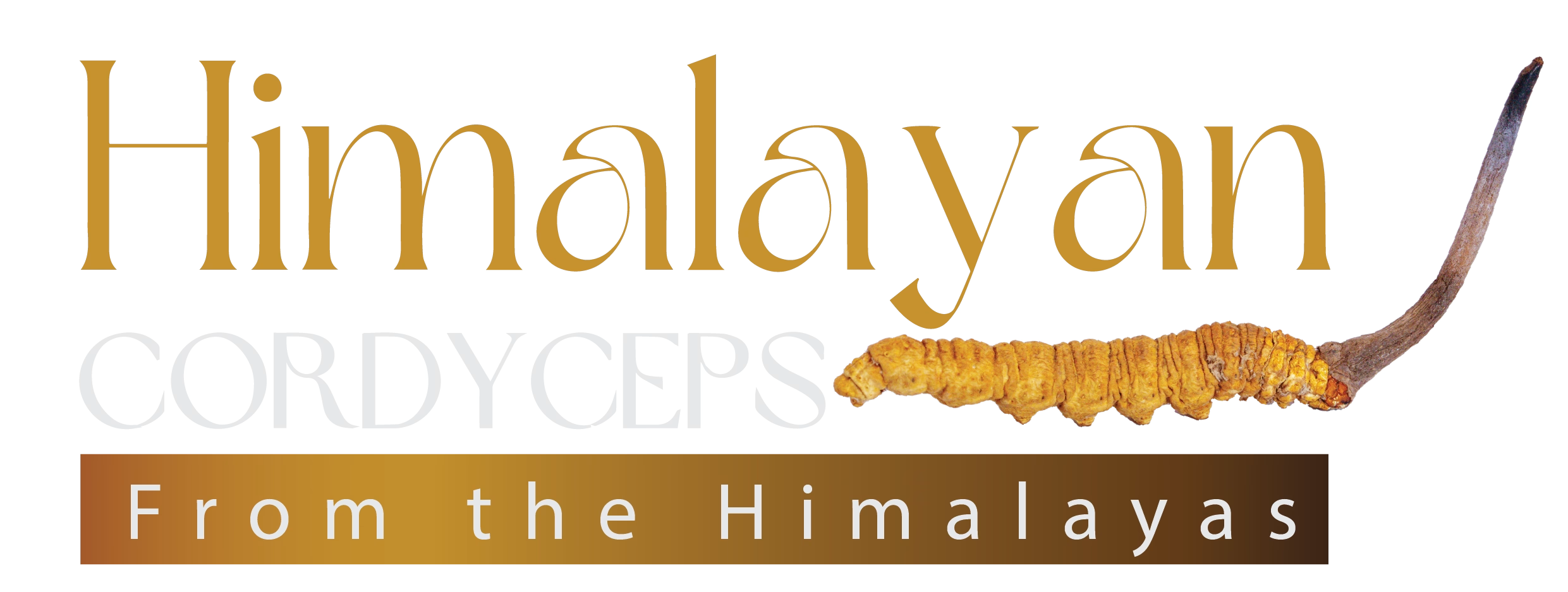The Nepalese print media plays a crucial role in shaping public understanding of environmental issues, and the story of Ophiocordyceps sinensis is no exception. A comprehensive study analysed 681 news articles from seven national daily newspapers in Nepal between 2008 and 2021, offering insights into how the media portrays this valuable resource. The analysis identified eight key themes: the impacts of harvesting, the trade of the fungus, general information about it, the harvesting process itself, governance mechanisms, challenges to harvesters, policy gaps, and institutional and policy responses. The most significant media focus was on the socio-economic impacts of caterpillar fungus harvesting, accounting for 28% of the news coverage. This included issues such as the increase in household income for harvesters, the disruption of local development activities, school closures during harvesting season, and the abandonment of agriculture in favour of caterpillar fungus collection. The trade of O. sinensis was also extensively covered, comprising 16% of the reports. The media highlighted the demand for the species, the illegal trade networks, market information, price fluctuations, and trade income. Additionally, a significant amount of coverage (15%) was dedicated to providing general information about the fungus including its habitat, economic value and scientific information. The newspapers also reported extensively on the harvesting process itself, including the duration of the season, the demography of harvesters and the use of harvesting techniques. The media also covered aspects of governance, such as the formation of local management committees and revenue sharing mechanisms, although to a lesser extent compared to the socio-economic impacts, trade and general information. Interestingly, there was comparatively less focus on government conservation initiatives, policy gaps, and the challenges faced by harvesters. The media also frequently reported on the increasing numbers of harvesters and the rise in the price of caterpillar fungus, while neglecting to cover issues related to a decrease in price and harvesters. These news sources act as a crucial link between scientific research and the public, communicating findings and highlighting key issues related to O. sinensis. The reports often draw attention to conflicts arising from resource ownership, the perspectives of local communities and the need for local processing of O. sinensis to add value. However, the media also tends to overlook certain critical aspects, such as the inadequate management of harvester camps, the lack of proper sanitation facilities, waste management issues, and fuel shortages during the harvesting season. This study highlights the importance of the media in shaping public opinion and influencing policy decisions regarding the sustainable management of O. sinensis and the need for media to focus on government policy responses, policy gaps and harvester challenges.


